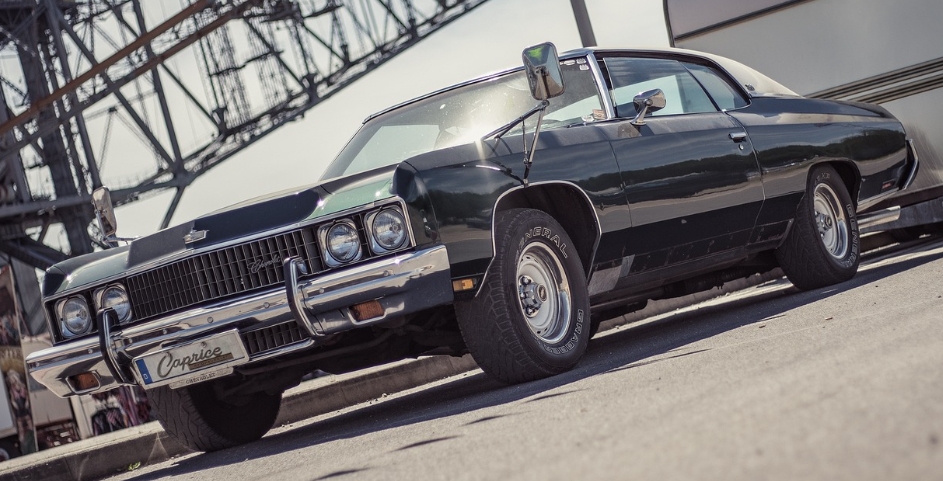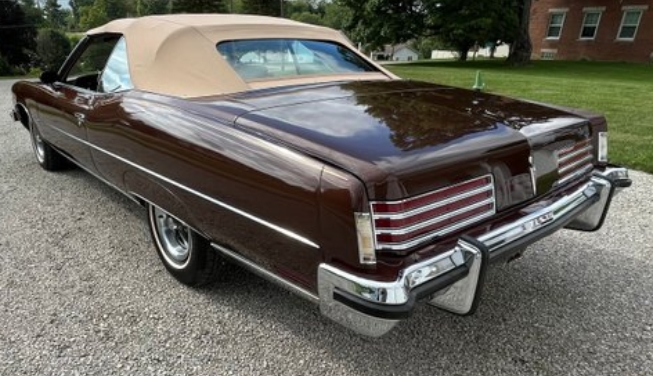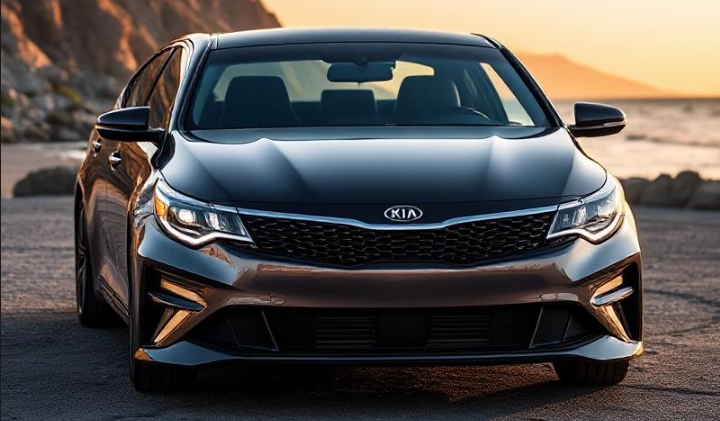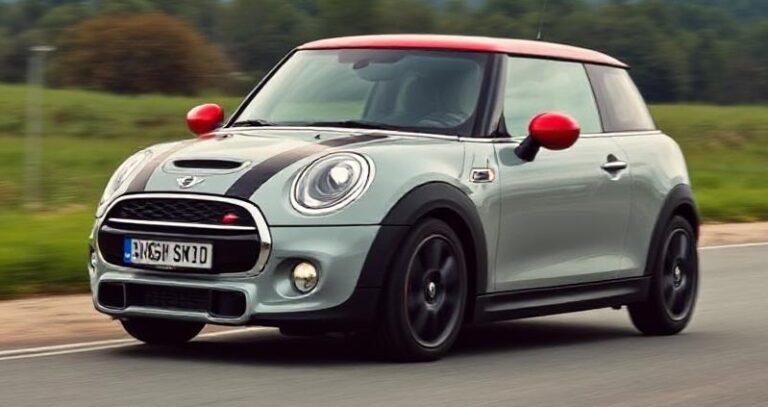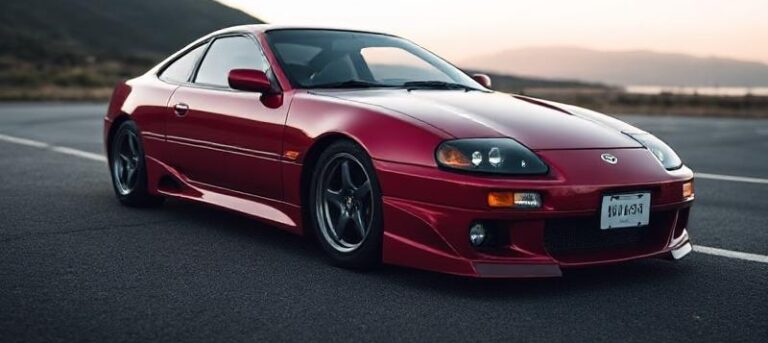The Evolution of the Chevrolet Caprice Classic
The Chevrolet Caprice Classic is an iconic nameplate in American automotive history, representing the full-size sedans popular in the mid-to-late 20th century. The blend of comfort, style, and powerful performance has made the Caprice Classic synonymous with the American car culture. This article will discuss the evolution of the Chevrolet Caprice Classic, focusing on its production years, significant model changes, and the various trim levels offered throughout its lifetime.
Early Years: 1966-1970
The Chevrolet Caprice was introduced in 1965 as a top trim level of the Chevrolet Impala, aimed at providing a more luxurious experience. The Caprice became a standalone model beginning in 1966 and was produced until 1996. The first generation (1966-1970) featured a long, sleek design, with distinctive styling cues like a broader stance and an iconic grille.
1966: The Caprice was initially available as a two-door hardtop and four-door sedan. It featured an array of engines, from a 283 cubic inch V8 to a powerful 396 cubic inch big-block V8. All models came standard with plush interior appointments, including a vinyl roof option.
1967-1970: Subsequent years saw design refinements and improvements in standard features. In this era, the introduction of the Caprice Classic trim added luxury options like a vinyl roof, upgraded upholstery, and a variety of power accessories. The 1969 model year saw the Caprice undergo a slight redesign, emphasizing a more elegant silhouette.
Second Generation: 1971-1976
The second generation Caprice Classic, produced from 1971 to 1976, showcased a more sculpted body and larger dimensions. These models came equipped with an array of additional options, focusing on both performance and comfort.
1971: The new Caprice featured a longer wheelbase and a wider stance than previous models. Alongside the leading luxury trim known as the “Caprice Classic,” Chevrolet’s offerings included a fleet of trim packages, such as the standard Caprice and Caprice Classic.
1972-1976: As the 1970s progressed, citizens and car makers alike faced the reality of rising fuel prices and tighter emissions standards. In response, Chevrolet introduced smaller engines, with V8 options reduced to displacements of 350 cubic inches by 1975. The Caprice Classic’s luxury features evolved further, including updated interior design, lavish upholstery, and new technology such as air conditioning and power windows.
.

.
Third Generation: 1977-1990
The Caprice transitioned into its third generation from 1977 to 1990, embracing the era of downsizing prevalent in the automotive industry due to economic conditions.
1977: The 1977 model debuted with a smaller platform, resulting in improved fuel efficiency. This generation emphasized a combination of comfort and affordability, featuring a base model and the more opulent Caprice Classic. Engine offerings included a 305 cubic inch V8, designed for better economy.
1981-1985: The introduction of the “Caprice Classic Brougham” trim during the early 1980s added additional luxury, with plush velour seating and exclusive exterior accents. The wheelbase was once again shortened in 1985, which, while appeasing the growing fuel economy concerns, led to a decrease in interior space.
1986-1990: As the decade rolled on, the Caprice Classic continued to evolve, with features like digital dashboards, improved sound systems, and optional leather seating. The 1989 and 1990 editions saw the introduction of police packages that transformed the car into an ideal vehicle for law enforcement.
Fourth Generation: 1991-1996
The fourth generation Caprice Classic, produced from 1991 to 1996, introduced a more modern design and advanced technology, focusing on passenger safety and comfort.
1991-1993: In this revival, the Caprice once again sported a longer wheelbase and a tastefully updated aesthetic. The introduction of the LT1 engine from the Corvette yielded considerable horsepower, ensuring the model remained competitive in a changing market.
1994-1996: The 1994 model year introduced a significant facelift that included a redesign of the headlights and taillights. The final production run in 1996 marked the end of an era for traditional full-size sedans. A capstone “Caprice Classic” trim featured premium leather, quilted upholstery, and electronically controlled features. The production of police and taxi versions persisted, especially popular due to their spacious interiors and durability.
Legacy and Impact
During its 30-year production run, the Chevrolet Caprice Classic left an indelible mark on American roads and hearts. From serving as a family car to being adopted by law enforcement agencies, the Caprice evolved to meet the changing needs of its drivers. By the time production ceased in 1996, it was clear that the Caprice Classic had established a legacy as one of Chevrolet’s most iconic models.
While the Caprice name briefly resurfaced in conjunction with the Chevrolet Impala from 2011 to 2017 for certain global markets (notably in Australia), the beloved classic had been retired, leaving enthusiasts with fond memories of a magnificent automotive era.
Trim Levels Overview
Across its lengthy history, various trim levels were offered as Chevrolet sought to cater to a widespread array of consumer preferences. Here’s a summary of key trim levels introduced during different generations of the Chevrolet Caprice Classic:
- Base Model Caprice: Focused on providing essential features at an affordable price point.
- Caprice Classic: A luxurious version with enhanced interior finishes and upgraded technology.
- Caprice Classic Brougham: Enhanced luxury features with an emphasis on comfort, often with distinct styling elements.
- Caprice SS: High-performance models predominantly featured in the 1990s with sportier packages.
- Police Package: Offered specialized equipment and options, reinforcing the Caprice’s stature in law enforcement.
Conclusion
The Chevrolet Caprice Classic underwent numerous transformations between 1966 and 1996, responding to shifting consumer tastes and external economic pressures. From its full-size roots to its affordable luxury, the Caprice Classic remains a part of automotive legend. Today, classic car enthusiasts continue to treasure the Caprice for its blend of performance, comfort, and lasting significance in the tapestry of American automotive history. Whether as a family car, a police cruiser, or an elegant classic, the Chevrolet Caprice Classic will always hold a fond spot in the hearts of car lovers.
